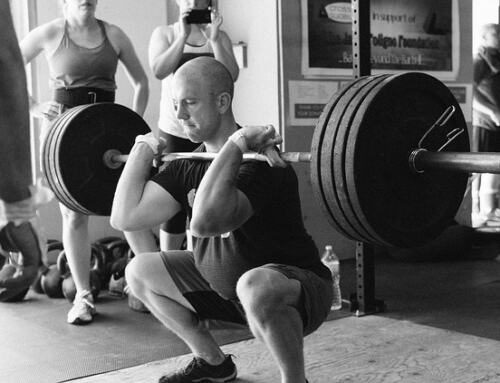As we age, aches and pains go from making the occasional guest appearance to being center stage (complete with a marquee sign). And when pain strikes, most of us head to the medicine cabinet without looking into what’s causing it—we, understandably, just want it to go away.
But, contrary to popular belief, pain isn’t the enemy: Think of it as the oil light on your body’s dashboard. “The old medical paradigm has been to attempt to disable the oil light to block the pain,” says Jacob Teitelbaum, MD, board-certified internist and author of Pain Free, 1-2-3. “Unfortunately, this approach hasn’t been very effective, with roughly one-third of Americans suffering with pain issues.”
Now, becoming pain-free is all about giving the body what it’s (desperately) telling us that it needs—the problem is, our bodies don’t come with an owner’s manual to tell us exactly what each kind of pain means, nor the other symptoms that might accompany it. (Ward off neck pain with these 7 best pillows.)
Clearly defining the pain you’re experiencing is an important step to finding long-lasting relief. Take our pain quiz below to learn more about the hints your body’s dropping and what they might mean:
1. Where is your pain located?
A. Predominantly in my joints (hands, knees, hips, neck, lower back, etc.)
B. Predominantly in my joints, and the pain is symmetrical—affects the same joints on both hands, knees, hips, etc.
C. My hands (especially the first three digits), wrists, and forearms
D. Everywhere—both sides of my body, above and below the waist
2. When is your pain typically at its worst?
A. At night
B. First thing in the morning (for an hour or more)
C. After repetitive use
D. After waking or staying in one position for too long
6. I also experience…
A. Cracking sounds when I move the affected joint, tenderness to the touch
B. Weakness in the joint, fevers, fatigue, loss of energy
C. Temperature changes in my fingers or hands, muscle weakness at the base of my thumb
D. Headaches, brain fog, extreme fatigue, depression, anxiety, insomnia
7. Which of the following tends to relieve the pain?
A. Resting the joints, especially overnight
B. Warming up and stretching the joints
C. Shaking out and flexing my hands
D. Exercising as able and getting a good night’s sleep
8. Do you have any of the following?
A. A job or hobby that requires consistent use of your sore joint or a past injury at the site of your current joint pain
B. Depression, anxiety, feelings of helplessness, low self-esteem
C. A job or hobby that requires repetitive hand motions or hand pain that wakes you up at night
D. Another chronic pain condition, such as chronic fatigue, IBS, interstitial cystitis, temporomandibular joint dysfunction, vulvodynia, or endometriosis
[…]






